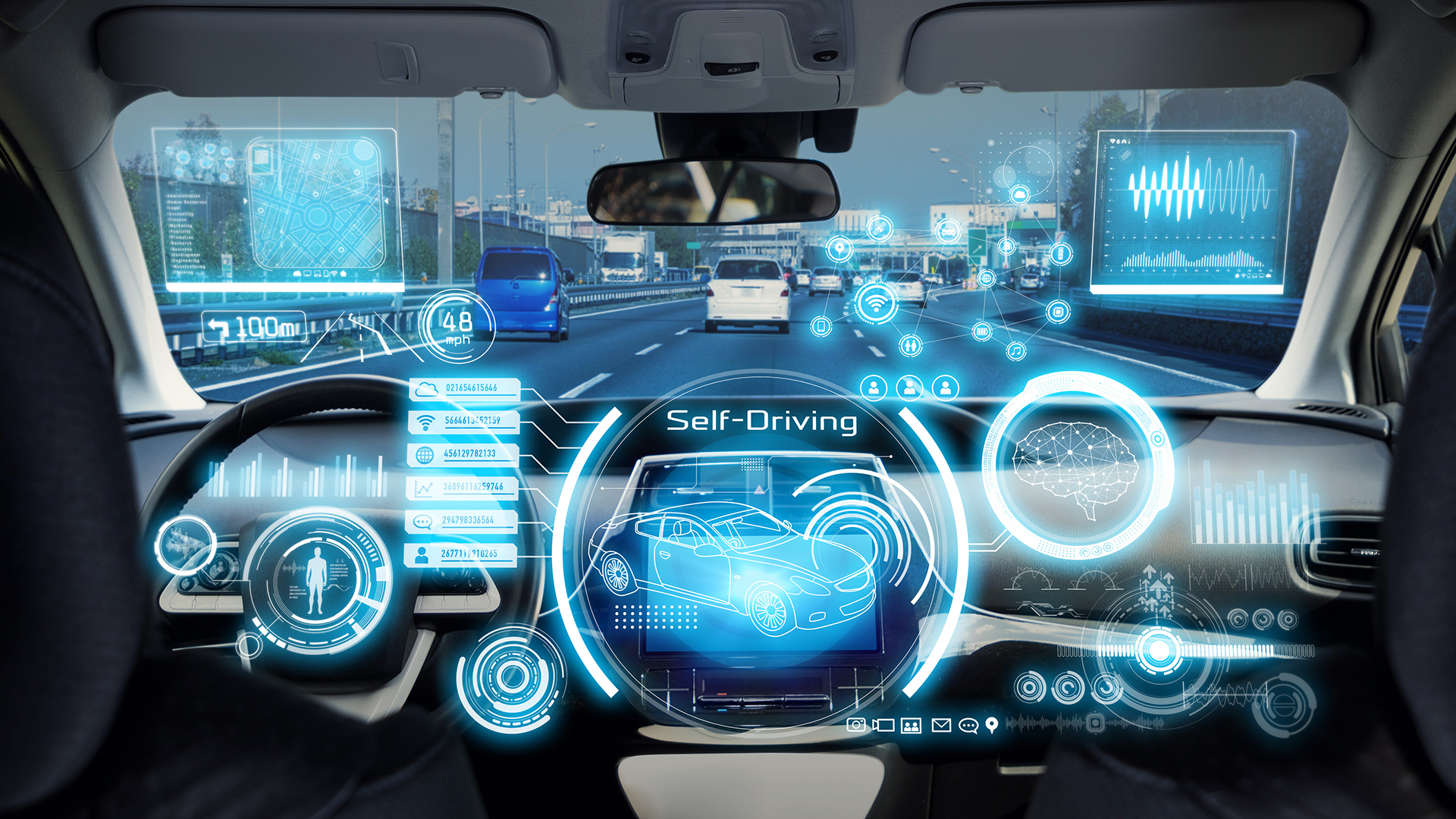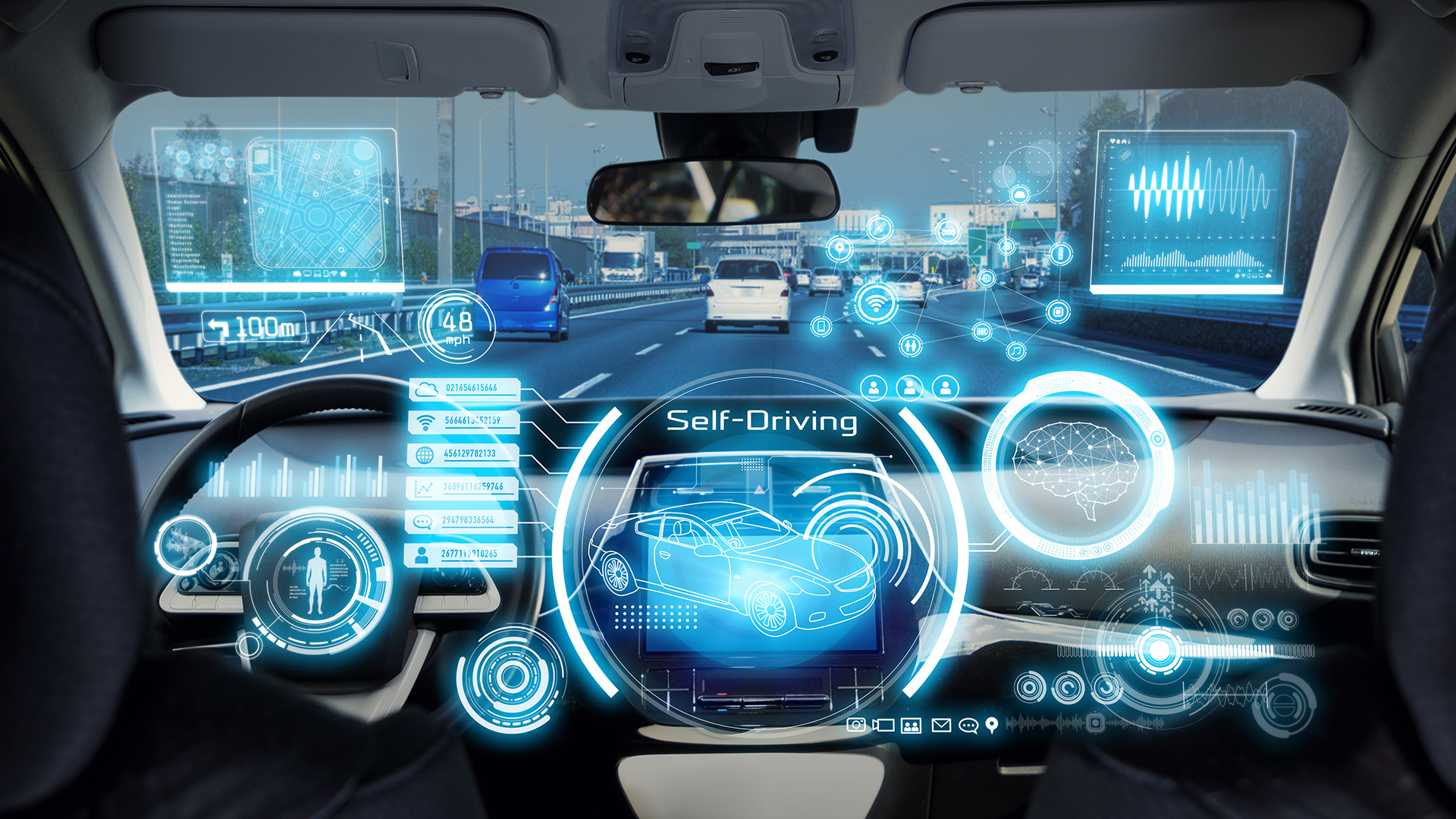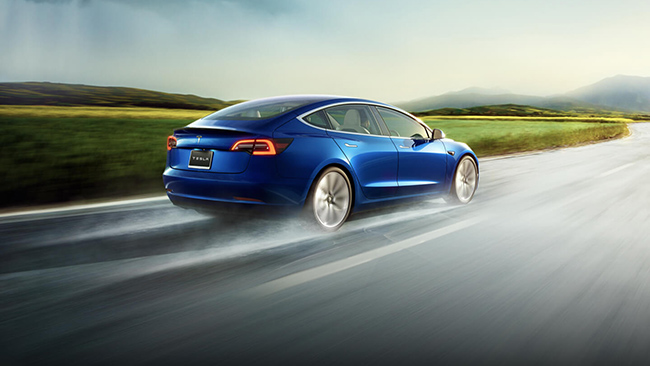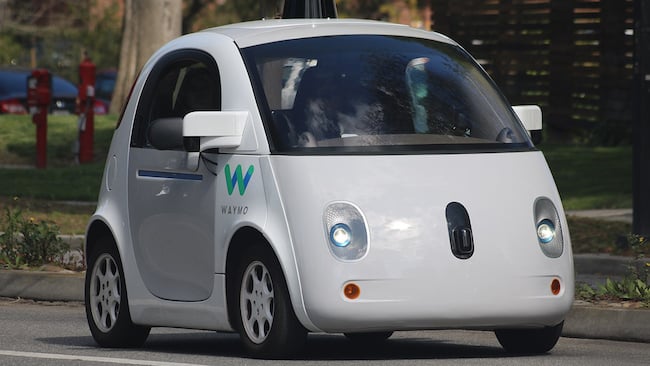

I heard a radio phone-in this morning. “Would you get in a driverless car?” was the topic. As you can imagine, most people wouldn’t at this stage.
Most of the answers were based on an almost complete ignorance of driverless car technology. I don’t blame the listeners for that: it’s a subject that calls for an understanding of very niche technology and even some philosophy. Which, incidentally, is something that car company’s marketing departments should probably pay heed to.
I’m a believer. I think we will have fully autonomous cars in the near future. Newspapers love autonomous cars because they can write scary stories about them, terrifying their readers. The reality is different but it is nuanced and, ultimately, positive.
Here, very quickly, are the main things you need to understand about driverless cars.
They’re not ready yet
Full autonomy is incredibly different. For every existing case of autonomous capability (driving on a well-lit freeway with distinct road markings for example), it’s very easy to think of circumstances where an autonomous car with current technology would fail.
It’s much simpler to make a driverless vehicle work in controlled conditions. Even some of the simplest everyday environments are challenging for autonomy, and will continue to be for some time. Imagine that you want to arrange for a driverless car to meet you somewhere. Where exactly does the car pull up and stop? This is hard enough with Uber, and they have human drivers - at the moment.
We need to see massive improvements before we get to full, safe autonomy. But we will get there, and there is a path to it.

Tesla cars aren't fully autonomous, but they have brought awareness of such tech to the fore. Image: Tesla
AI and machine learning
AI is a very big topic in itself, and because it’s technical and somewhat difficult, it’s widely misunderstood - and feared - by the public.
But it’s fairly easy to understand AI’s role in driverless cars. It’s the system that “sees” the situation of the car, and responds in real time to it. You could almost say that it responds to whatever it’s aware of.
I use the term “aware” here carefully, because the car is not self-aware. It’s not conscious.
It needs to have accurate information about what’s going on around it. Some of this information is easy: the speed of the car, its location on a map, what direction it’s moving, and other stuff that’s already available in any car produced today.
What’s harder is creating an awareness of other road users, pedestrians, and unexpected dangers and obstacles. Human drivers only have a pair of imperfect eyes to rely on. Driverless cars will have all kinds of sensors and references, and at some point these will add up to a dynamic digital awareness that is superior to human perception. These vehicles won’t get tired and they won’t get distracted. They certainly won’t get drunk.
Right now what they lack is a human ability to interpret a rapidly changing situation in 3D space. But this is changing very quickly indeed as techniques improve.
There are all sorts of discussions - and arguments - about the level of sensory input that’s needed for driverless cars. LIDAR, a laser-based real-time vision system, makes a 3D map of the environment. It’s expensive but good. Most driverless cars use this. Tesla, though, doesn’t, relying instead on video cameras placed at strategic points around the car. Time will tell which system is better. Both systems, and combinations of them, will rely on very powerful and specialised processing to make sense of all this situational data.
The decision making around hazardous circumstances is right at the core of the technical and ethical feasibility of autonomous cars.
An important part of AI is Machine Learning. This is how the technology is able to move beyond the requirement for a team of developers to think in advance of every eventuality and build it into their software, which will never happen.
What will happen instead is that AI and Machine Learning gets exposed to millions of hours of driving by real people, and learns from their good habits and from their mistakes. Done in conjunction with recordings of the car’s “awareness” data, this all gets fed into a massive knowledge core database - so that its’ available to all future vehicles. This data is cumulative. It improves over time.
And it’s already happening. This is exactly how Tesla improves its own Autopilot system.

The Waymo automous car is perhaps one of the most well known examples of a test vehicle. Image: Grendelkhan
Infrastructure to help autonomous vehicles
Driverless cars can instantly run into difficulty if they lose awareness of their situation. It would be the equivalent of driving through deep, muddy pothole, splashing dirty water all over the screen. Right now, people - experienced and safe drivers - are probably better at dealing with difficult situations. Imagine driving along a little-used country lane, when there’s a sharp bend, but it’s a low-contrast, foggy day and the hedges at the side of the road are overgrown. This is tricky but possible for a person, but there might not be enough clues for an autonomous car.
We might need another level of signposting for autonomous cars: machine-readable indicators and warnings. These needn’t be expensive but they would certainly help when existing signage is inadequate. The same goes for roads where the markings might be indistinct. It’s all a huge undertaking, but the work of installing this physical infrastructure might help compensate for some of the jobs that driverless cars will inevitably lead to.
Overlaid on the new network of physical aids for driverless cars, would be a “virtual” infrastructure, using wireless network communication, optimised for driverless cars.
Some of this would be wireless warning beacons and information points - possibly a combination of physical signs and wireless indicators. These structures might incorporate a localised but highly accurate sign-to-vehicle system that would help with road management and also give local data to any passing vehicles.
The final part of this infrastructure might not actually qualify as such because it’s moving. Every autonomous car will have to carry a standardised car-to-car networking system that acts almost like telepathy between vehicles. It will broadcast to other cars information like: “I just hit my brake pedal”, “This is my current speed”, “I’m going to be slowing down and moving to the right-hand line prior to making a turn”, and most importantly, “I’m approaching you just round the corner where you can’t see me yet”.
The combination of smart physical infrastructure and wireless vehicle-to-vehicle communication would act like “smart rails” for autonomous cars. It would be as if an invisible hand was guiding them.
Statistics
All the practical and ethical dilemmas around driverless cars will eventually be solved by the evidence of statistics. At some future juncture - and it’s extremely difficult to know when - the evidence will show that driverless cars are safer than cars driven by humans. At that point, most, if not all, of the arguments will drop out of view.
You’ll know that this has happened because your insurance company will start charging you more if you insist on driving manually.
Autonomous cars exist now, but you still have to “drive” them by sitting at the wheel, ready to take over at a moment’s notice. As the technology improves, driverless cars will be trusted in more and more driving situations.
Until full autonomy is reached, drivers and cars will need to maintain a shared state of awareness. This will probably reach a difficult point where the car drives really well most of the time, but is prone to making serious errors. It won’t be easy for human drivers at this point because as the autonomy gets better - and approaches performance parity with humans, it will be harder for real drivers to maintain their readiness to take over.
And there’s always the danger that human drivers will quickly become de-skilled.
When will it happen?
It’s extremely hard to predict when fully autonomous cars will become mainstream. The technology has improved - and learned - a lot over the last few years, and yet, in some ways, we seem as far away as ever from full autonomy.
But Tesla cars on Autopliot have already shown, scientifically and statistically, that they’re involved in fewer accidents. Autopilot is highly evolved, but no-one yet is claiming it’s ready for full autonomy.
But one day, soon, or in ten years - it’s very hard to say, you’ll get an envelope through your letterbox with a note from an insurance company, informing you that if you promise not to drive, they’ll give you a great deal on next year’s premium.
Header image: Shutterstock
Tags: Technology


Comments